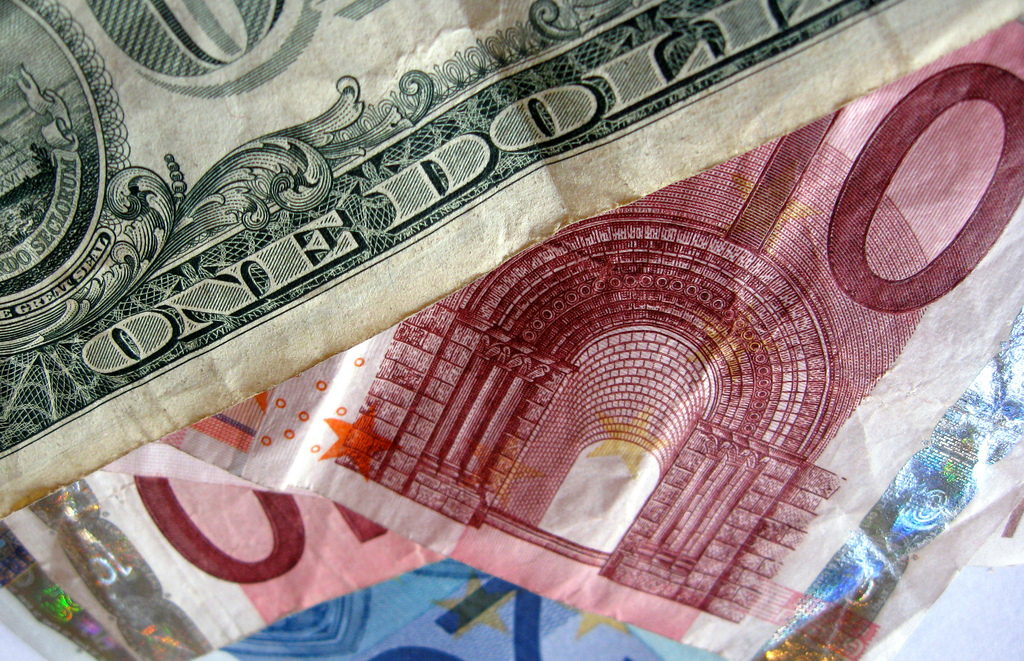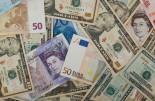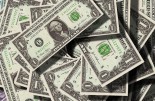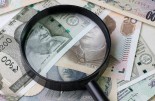Monex: Euro onder druk door ECB en lockdowns in Duitsland en Frankrijk, Dollar richt zich op presidentsverkiezingen
Monex: Euro onder druk door ECB en lockdowns in Duitsland en Frankrijk, Dollar richt zich op presidentsverkiezingen

Hieronder volgt een kort commentaar in het Engels van Ranko Berich, Head of Research bij Monex Europe op de Amerikaanse dollar, euro en het Britse pond.
EUR
The euro saw its biggest daily decline in two months after already having tumbled continuously against the dollar since the beginning of this week. Whereas the fresh national lockdowns in France and Germany initially caused the slump, the grim outlook of the European economic recovery painted by ECB President Christine Lagarde in yesterday’s press conference sent the euro down further to levels last seen over a month ago. Although no monetary action was announced yesterday, the ECB opened the door for further stimulus in the coming months, with the clearest message given yet. During the press conference, Ms Lagarde said there is “little doubt” that policymakers will agree on a new package of monetary stimulus in December as the renewed lockdown measures and concerningly high virus case count threaten a double-dip recession. On the fiscal front, German Chancellor Angela Merkel said in a video conference on Thursday that the EU should have stepped up sooner to control the pandemic as the cost of a second lockdown begins to come into play. In the case of Germany, anonymous reports from government officials mentioned that political realities had stopped them from imposing restrictions earlier, and that they will act faster in the future. This morning’s eurozone data calendar included a positive surprise in the French Q3 GDP release of 18.3% QoQ compared to the consensus of 15.0%. The euro had a muted reaction to the release however, arguably because markets are bracing for a double-dip in Q4 following the renewed national lockdown. Similarly, Germany’s QoQ printed at 8.2% compared to the 7.3% consensus.
USD
It was another strong outing for the dollar yesterday as the tentative risk environment continues to filter risk-off flows into the greenback. The dollar closed out yesterday’s session in the green against all of the G10 currency board and has started on the offensive against its European counterparts this morning. The dollar’s focus is solely on the US election now, which sits just four days away. Polling has started to narrow in key swing states such as Iowa over the last 24 hours, with Biden holding just a 1 point lead, however, the Democratic candidate continues to hold a healthy lead in other key states such as Florida and Pennsylvania. The polls tend to narrow as the election draws closer anyway, but the latest estimates suggest this election may not be as easily called as the market has been predicting with its “Blue Sweep” trade. Questions still surround the late counting of votes in key states due to the heightened amount of mail-in votes because of the pandemic, which only adds another source of uncertainty and likely volatility to the event. With today’s data calendar practically void for the dollar in this environment, expect the greenback to continue trading on the markets broad risk appetite and any incoming election headlines.
GBP
Sterling continued to weaken to the dollar yesterday, but remained level with the euro in relative terms. Domestic news flow was dominated by turmoil in the opposition Labour party, while UK mortgage approvals rose to their highest levels since 2007, driven by a temporary break in stamp duties, a tax on property transactions. 91,500 mortgages were approved last month, according to Bank of England data. The stamp duty holiday will expire in March, and may well be creating a rush to complete property transactions by then - raising the prospect of a painful adjustment in Q2 2021, when unemployment will be higher. This morning, mortgage lending Nationwide released its monthly house price index, which rose by 0.8% in October, bringing house price growth to a five-year high.





